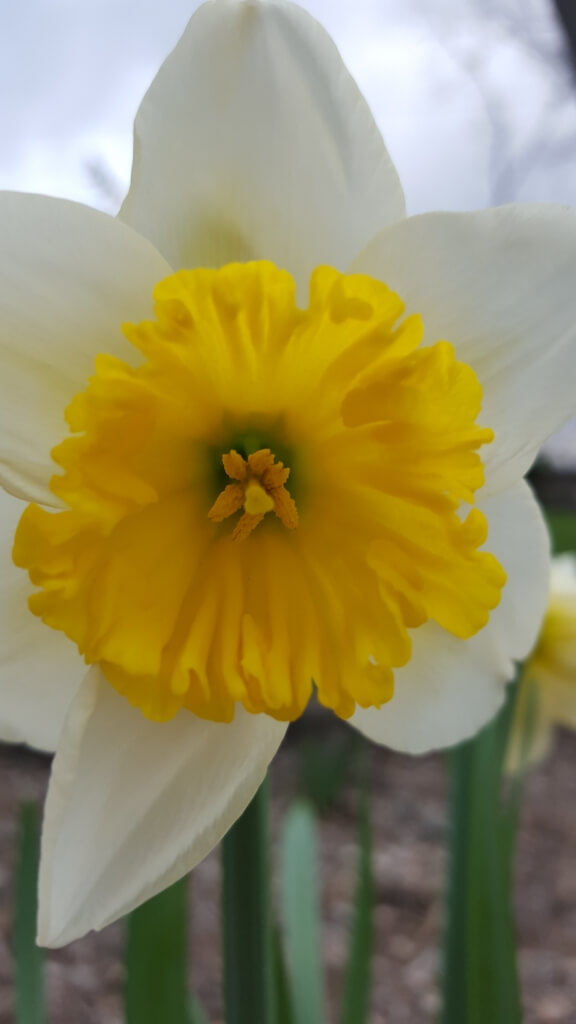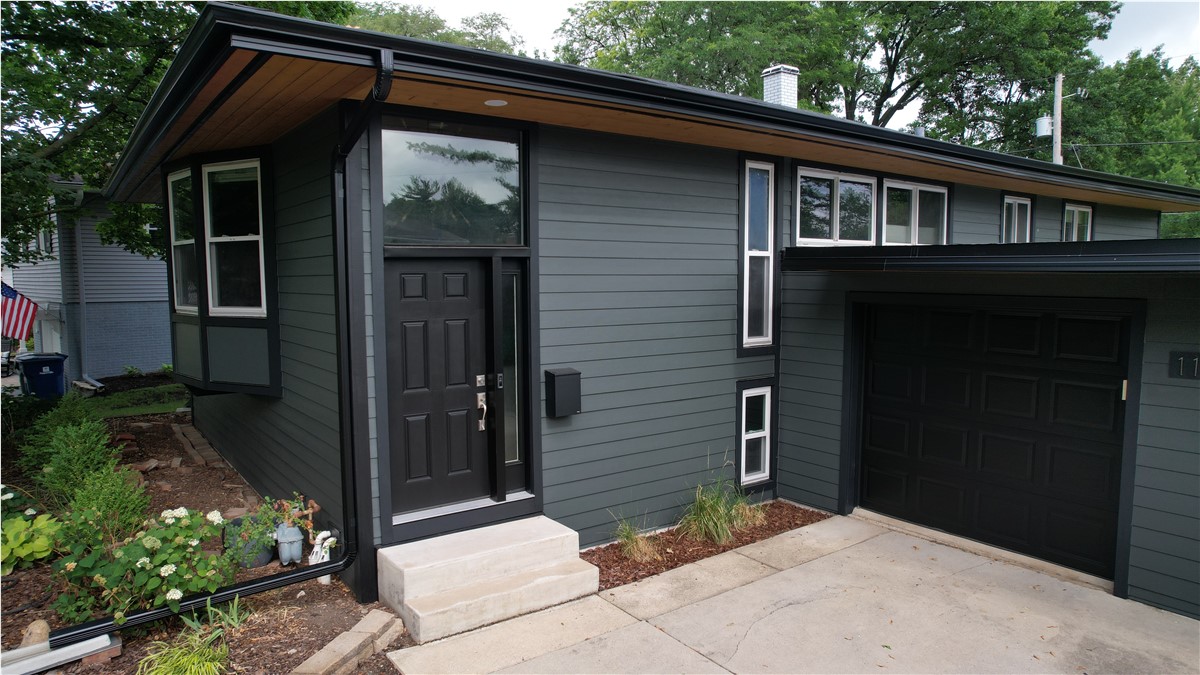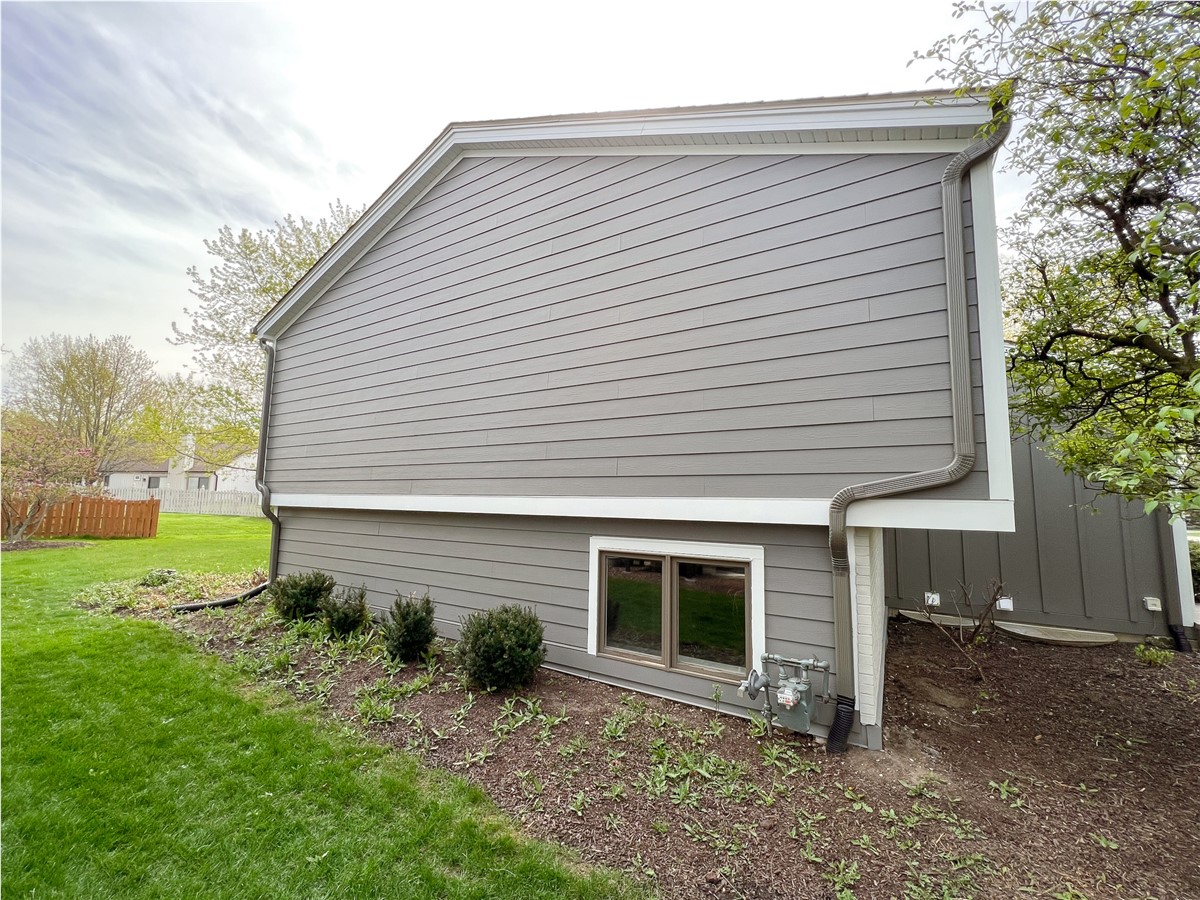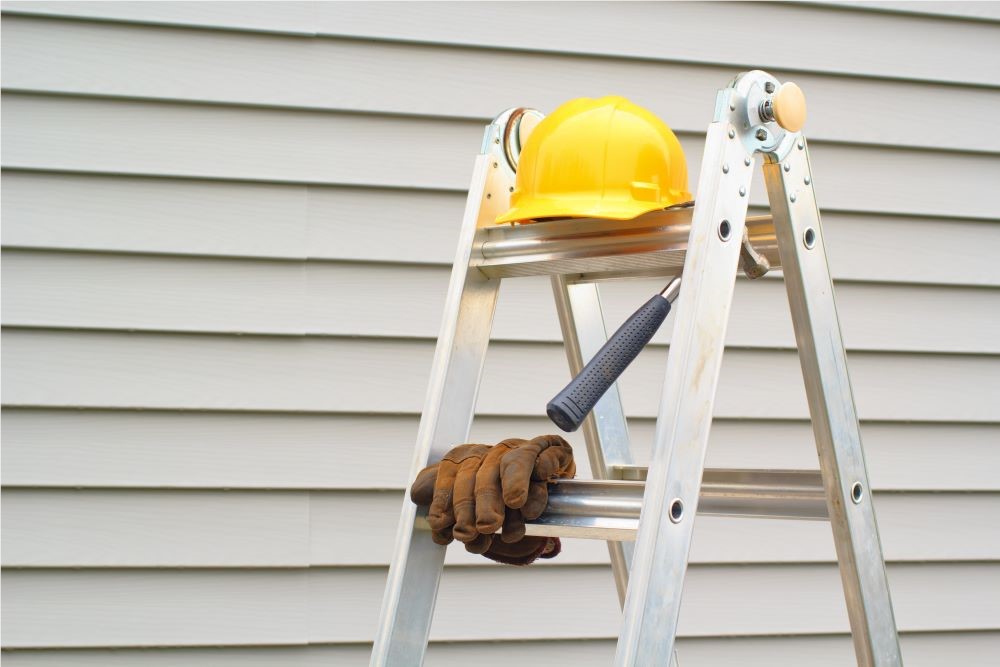Happy Spring! As you sit inside anxiously awaiting consistently warm weather, here are a few things to keep in mind as you start preparing your yard work list for getting your landscape up and running for the season:
 1) Grasses and Perennials?
1) Grasses and Perennials?
Do you have a lot of grasses and perennials in your backyard that you leave up in the winter for some winter interest in your garden or to help feed the birds during the cold winter months? Now is a great time to cut those down to about six inches! Getting these plants cut and the debris cleaned up is easiest before your garden starts to wake up. Taking care of this early also prevents trampling of any new growth or bulbs you may have coming up early in your beds!
2) Edge the Beds
As the temperatures begin to warm, your turf will begin to thaw and become soft. This creates the ideal time to edge your beds to give that clean, crisp, redefined bed edge. Although edging planting bed edges is timely, the finished look is well worth it.Edging your beds not only provides aesthetic value but it also creates a nice pocket for mulching to spill into, rather than spilling out of the beds into the turf. It also helps cut the root systems of pesky plants with horizontal spreading roots (rhizomes). Some example of plants like this in Illinois are: mint, creeping charlie, and lily of the valley. Using a spade along the edges of a bed helps redefine where the turf ends and cuts these root systems!
3) Mulching
Mulching your planting beds in the spring has some great benefits! Using a 2-3” layer of organic mulch helps to control weeds by not allowing sunlight to hit weedy seeds that are sitting on the surface of your beds.Mulch helps conserve moisture and maintains a more consistent soil temperature in the early spring as the temperatures fluctuate. The mulch serves as a insulating layer to shallow rooted plant material, keeping that upper layer at a more consistent temperature.
While the mulch is giving that uniform, finished look to your beds, it is also continuing to decompose. The consistent breakdown of mulch helps build a healthy nutrient rich soil over time.
There is one thing to pay attention to when mulching your yard and that is not to “volcano mulch.” For example, when applying mulch around the base of trees or in a tree ring; do not mound up the trunk of the tree. This can cause many issues for trees such as girdling roots (imagine a rubber band around your wrist) and diseases and decay causes by moisture built up around the base of your trees.
4) Fertilizers and Pre-Emergent
As plants begin to pull nutrients from the soil to start their plunge up towards the sun, its important to give these plants all the proper nutrients they need to grow strong for the season. Spring is a great time to get a fertilizer down to promote healthy, vigorous growth. When shopping for a fertilizer to apply in the spring, look for a fertilizer with the numbers like 20-5-10. The numbers on your fertilizers represent the amount of Nitrogen, Phosphorus, and Potassium. A good way to understand what these numbers do is, “Up, down and all around.”Also, applying a pre-emergent weed control in early spring is a great way to help prevent the germination of weed seeds. Please note that there are two different types of weeds; annual weeds and perennial weeds. Annual weeds grow from seeds from the previous growing season (crabgrass, clover, chickweed) and perennial weeds or broadleaf weeds come from established root systems. Pre-emergent applications are used to help fight against annual weeds, not perennial weeds.

These are just a few great ways to help wake up your landscapes towards the end of March and early April! Happy landscaping, friends!
Tags
Subscribe to Erdmann Exterior Designs's Blog











Comments